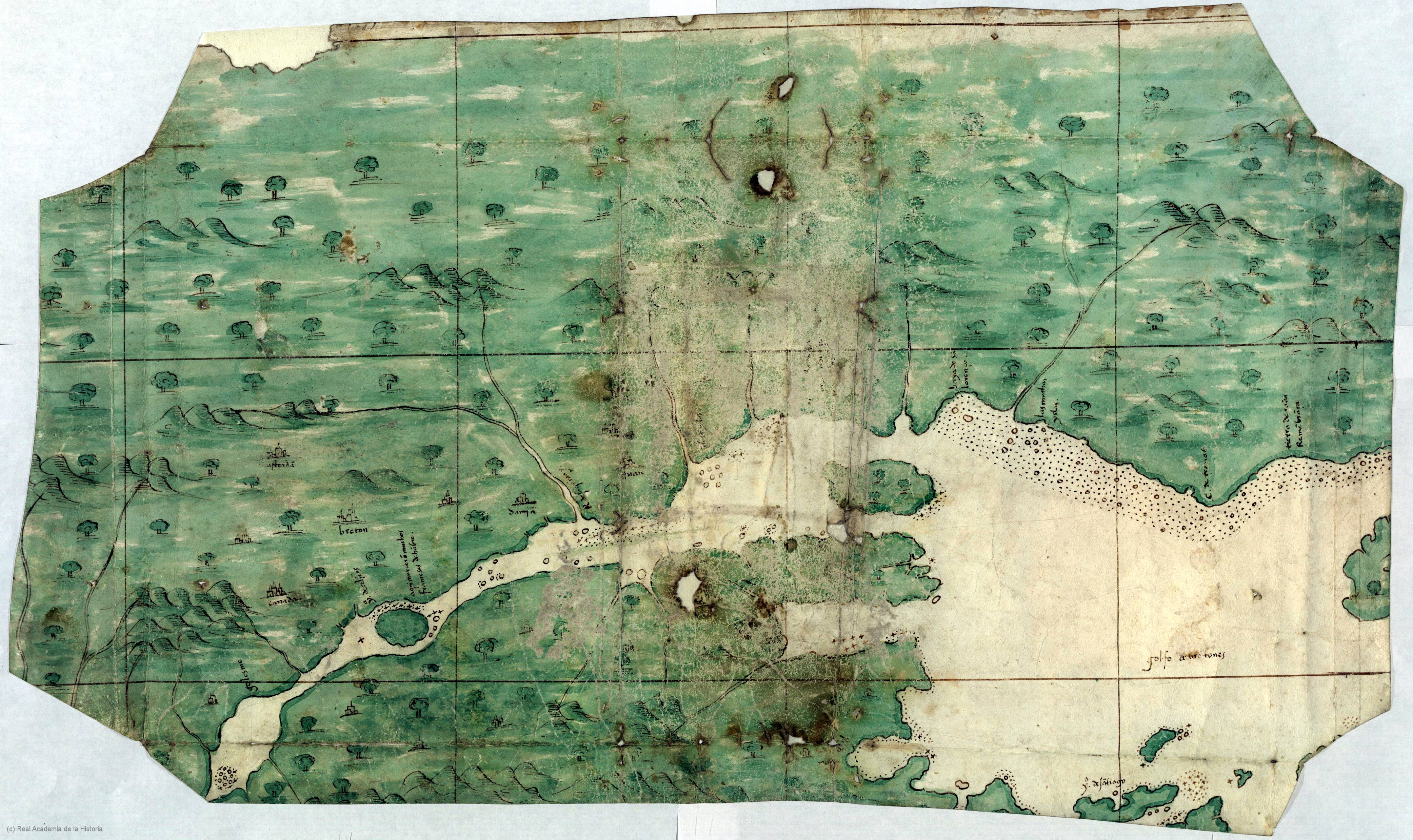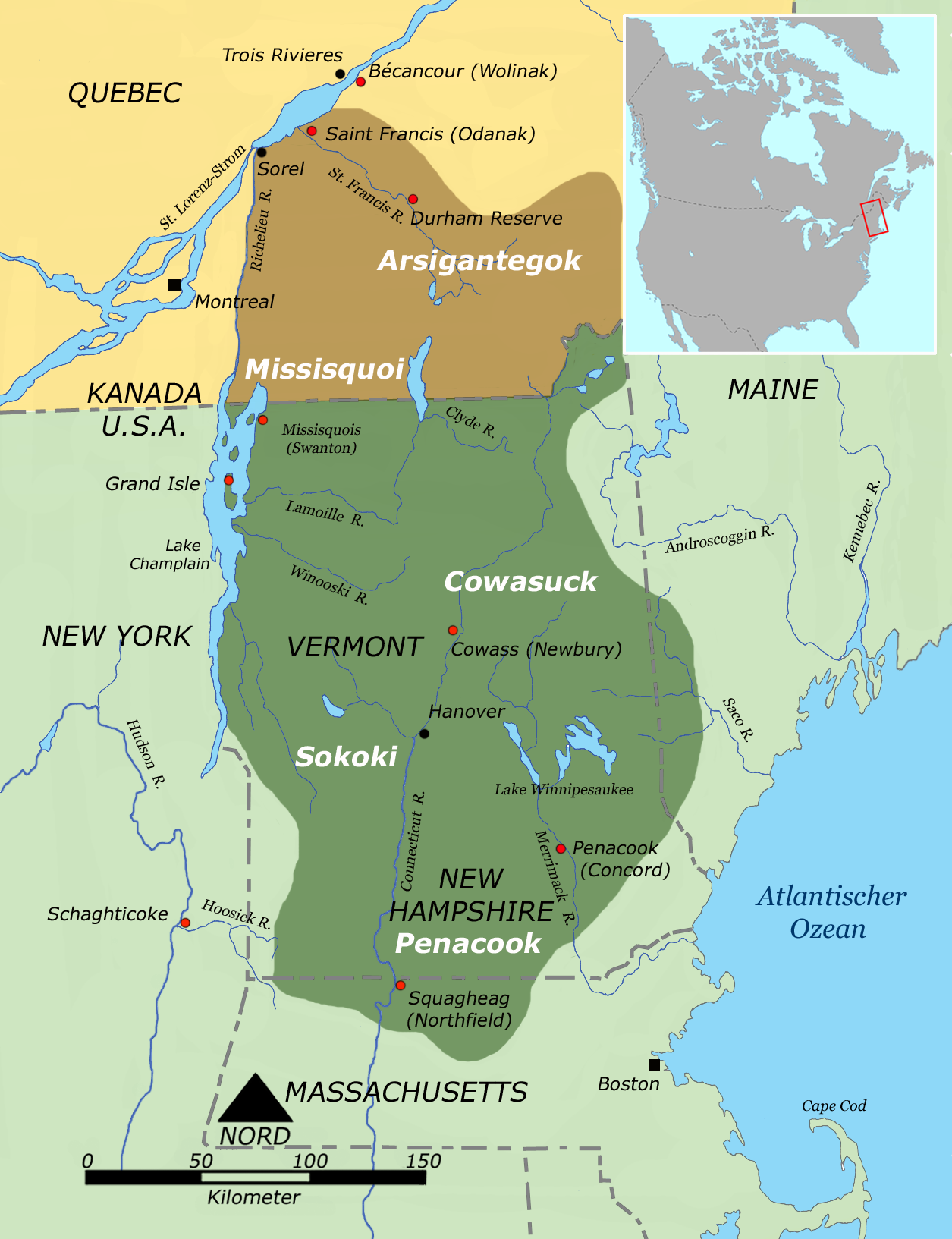|
Barton, Vermont
Barton is a town in Orleans County, Vermont, United States. The population was 2,872 at the 2020 census. The town includes two incorporated villages, Barton and Orleans. Approximately a quarter of the town's population lives in each of the villages, and approximately half lives outside the villages. Only four other towns in the state contain two incorporated villages. The Nulhegan Abenaki Tribe, a state-recognized tribe, is headquartered here. History The Abenaki and their ancestors had been in this area for 12,000 years. They were part of the large Wabanaki confederacy of related Algonguian-speaking peoples that extended into what is now Canada. In 2011 and 2012 the state of Vermont officially recognized four Abenaki tribes. The Nulhegan Abenaki Tribe has its headquarters in Barton. Early European traders and colonists were French. Anglo-Americans began to enter the area later in the 18th century. Both groups pushed the Abenaki aside when they wanted the land, and the ... [...More Info...] [...Related Items...] OR: [Wikipedia] [Google] [Baidu] |
New England Town
The town is the basic unit of Local government in the United States, local government and local division of state authority in the six New England states. Most other U.S. states lack a direct counterpart to the New England town. New England towns overlie the entire area of a state, similar to civil townships in other states where they exist, but they are fully functioning Incorporation (municipal government), municipal corporations, possessing powers similar to city, cities and county, counties in other states. Local government in New Jersey, New Jersey's system of equally powerful townships, boroughs, towns, and cities is the system which is most similar to that of New England. New England towns are often governed by a town meeting, an assembly of eligible town residents. The great majority of municipal corporations in New England are based on the town model; there, statutory forms based on the concept of a Place (United States Census Bureau), compact populated place are uncommon ... [...More Info...] [...Related Items...] OR: [Wikipedia] [Google] [Baidu] |
United States
The United States of America (USA), also known as the United States (U.S.) or America, is a country primarily located in North America. It is a federal republic of 50 U.S. state, states and a federal capital district, Washington, D.C. The 48 contiguous states border Canada to the north and Mexico to the south, with the semi-exclave of Alaska in the northwest and the archipelago of Hawaii in the Pacific Ocean. The United States asserts sovereignty over five Territories of the United States, major island territories and United States Minor Outlying Islands, various uninhabited islands in Oceania and the Caribbean. It is a megadiverse country, with the world's List of countries and dependencies by area, third-largest land area and List of countries and dependencies by population, third-largest population, exceeding 340 million. Its three Metropolitan statistical areas by population, largest metropolitan areas are New York metropolitan area, New York, Greater Los Angeles, Los Angel ... [...More Info...] [...Related Items...] OR: [Wikipedia] [Google] [Baidu] |
William Barton (general)
William Barton (1748–1831) was an officer in the Continental Army during the American Revolutionary War who retired with the rank of colonel. He later served as adjutant general of the Rhode Island militia. Early years and enlistment Barton was born in Warren, Rhode Island on May 26, 1748, and he worked as a hatter in Providence. In 1771, he married Rhoda Carver. In 1775, he enlisted in the Continental Army as a corporal. He fought in the Battle of Bunker Hill. Revolutionary War service On August 2, 1775, Barton was appointed the adjutant of Richmond's Rhode Island Regiment. He was promoted to captain on November 1, 1775. He planned and led a raid on British headquarters in June and July 1777, capturing Major General Richard Prescott. Barton crossed Narragansett Bay on the night of July 10–11 with 38 men and six officers in five whaleboats. They slipped past three British frigates, landing about halfway between Newport and Bristol Ferry; they then went to the farm house w ... [...More Info...] [...Related Items...] OR: [Wikipedia] [Google] [Baidu] |
John Paul Jones
John Paul Jones (born John Paul; July 6, 1747 – July 18, 1792) was a Scottish-born naval officer who served in the Continental Navy during the American Revolutionary War. Often referred to as the "Father of the American Navy", Jones is regarded by several commentators as one of the greatest naval commanders in the military history of the United States. Born in Arbigland, Kirkcudbrightshire, Jones became a sailor at the age of thirteen, and served onboard several different merchantmen, including slave ships. After killing a mutinous subordinate, he fled to the British colony of Virginia to avoid being arrested and in joined the newly established Continental Navy. During the ensuing war with Kingdom of Great Britain, Great Britain, Jones participated in several Naval battles of the American Revolutionary War, naval engagements with the Royal Navy. Commanding the warship ''USS Ranger (1777), Ranger'', Jones conducted a naval campaign in the North Sea, attacking British merchant ... [...More Info...] [...Related Items...] OR: [Wikipedia] [Google] [Baidu] |
Rogers' Rangers
Rogers' Rangers was a company of soldiers from the Province of New Hampshire raised by Major Robert Rogers and attached to the British Army during the French and Indian War. The unit was quickly adopted into the New England Colonies army as an independent ranger company. Rogers was inspired by colonial Frontiersman Ranger groups across North America and the teachings of unconventional warfare from Rangers such as Benjamin Church. Rogers trained and commanded his own rapidly deployable light infantry force, which was tasked mainly with reconnaissance and conducting special operations against distant targets. Their tactics were built on earlier Colonial precedents and were codified for the first time by Rogers as his 28 "Rules of Ranging". The tactics proved remarkably effective, and the initial company was expanded into a ranging corps of more than a dozen companies containing as many as 1,200–1,400 men at its peak. The ranger corps became the chief scouting arm of British Cro ... [...More Info...] [...Related Items...] OR: [Wikipedia] [Google] [Baidu] |
Seven Years' War
The Seven Years' War, 1756 to 1763, was a Great Power conflict fought primarily in Europe, with significant subsidiary campaigns in North America and South Asia. The protagonists were Kingdom of Great Britain, Great Britain and Kingdom of Prussia, Prussia versus Kingdom of France, France and Habsburg monarchy, Austria, the respective coalitions receiving by countries including Portuguese Empire, Portugal, Spanish Empire, Spain, Electorate of Saxony, Saxony, Age of Liberty, Sweden, and Russian Empire, Russia. Related conflicts include the Third Silesian War, French and Indian War, Carnatic wars, Third Carnatic War, Anglo-Spanish War (1762–1763), Anglo-Spanish War (1762–1763), and Spanish–Portuguese War (1762–1763), Spanish–Portuguese War. Although the War of the Austrian Succession ended with the Treaty of Aix-la-Chapelle (1748), none of the signatories were happy with the terms, and it was generally viewed as a temporary armistice. It led to a strategic realignment kn ... [...More Info...] [...Related Items...] OR: [Wikipedia] [Google] [Baidu] |
French And Indian War
The French and Indian War, 1754 to 1763, was a colonial conflict in North America between Kingdom of Great Britain, Great Britain and Kingdom of France, France, along with their respective Native Americans in the United States, Native American allies. European historians generally consider it a related conflict of the wider 1756 to 1763 Seven Years' War, although in the United States it is viewed as a singular conflict unassociated with any European war. Although Britain and France were officially at peace following the Treaty of Aix-la-Chapelle (1748), tensions over trade continued in North America. These culminated in a dispute over the Forks of the Ohio, and the related French Fort Duquesne which controlled them. In May 1754, this led to the Battle of Jumonville Glen, when Colony of Virginia, Virginia militia led by George Washington ambushed a French patrol. In 1755, Edward Braddock, the new Commander-in-Chief, North America, planned a four-way attack on the French. None s ... [...More Info...] [...Related Items...] OR: [Wikipedia] [Google] [Baidu] |
Wabanaki Confederacy
The Wabanaki Confederacy (''Wabenaki, Wobanaki'', translated to "People of the Dawn" or "Easterner"; also: Wabanakia, "Dawnland") is a North American First Nations and Native American confederation of five principal Eastern Algonquian nations: the Abenaki, Mi'kmaq, Wolastoqiyik, Passamaquoddy (''Peskotomahkati'') and Penobscot. There were more tribes, along with many bands, that were once part of the Confederation. Native tribes such as the Nanrantsouak, Alemousiski, Pennacook, Sokoki, and Canibas, through massacres, tribal consolidation, and ethnic label shifting were absorbed into the five larger national identities. Members of the Wabanaki Confederacy, the Wabanakiyak, are located in and named for the area which they call Wabanaki ("Dawnland"), roughly the area that became the French colony of Acadia. The territory boundaries encompass present-day Maine, New Hampshire, and Vermont, in the United States, and New Brunswick, mainland Nova Scotia, Cape Breton Island, Pri ... [...More Info...] [...Related Items...] OR: [Wikipedia] [Google] [Baidu] |
Abenaki
The Abenaki ( Abenaki: ''Wαpánahki'') are Indigenous people of the Northeastern Woodlands of Canada and the United States. They are an Algonquian-speaking people and part of the Wabanaki Confederacy. The Eastern Abenaki language was predominantly spoken in Maine, while the Western Abenaki language was spoken in Quebec, Vermont, and New Hampshire. While Abenaki peoples have shared cultural traits, they did not historically have a centralized government. They came together as a post-contact community after their original tribes were decimated by colonization, disease, and warfare. Names The word ''Abenaki'' and its syncope, ''Abnaki,'' are both derived from ''Wabanaki'', or ''Wôbanakiak,'' meaning "People of the Dawn Land" in the Abenaki language. While the two terms are often confused, the Abenaki are one of several tribes in the Wabanaki Confederacy. Alternate spellings include: ''Abnaki'', ''Abinaki'', ''Alnôbak'', ''Abanakee'', ''Abanaki'', ''Abanaqui'', ''Abana ... [...More Info...] [...Related Items...] OR: [Wikipedia] [Google] [Baidu] |
State-recognized Tribe
State-recognized tribes in the United States are Native American tribes or heritage groups that do not meet the criteria for federally recognized Indian tribes but have been recognized by state government through laws, governor's executive orders, or state commissions legally granted the power to recognize tribes for varying purposes. State recognition does not dictate whether or not they are recognized as Native American tribes by continually existing tribal nations. Individual states confer state-recognition "for their various internal state government purposes." Members of a state-recognized tribe are still subject to state law and government, and the tribe does not have sovereign control over its affairs. State recognition confers few benefits under federal law. It is not the same as federal recognition, which is the federal government's acknowledgment of a tribe as a dependent sovereign nation. Some states have provided laws related to state recognition that provide some pr ... [...More Info...] [...Related Items...] OR: [Wikipedia] [Google] [Baidu] |
Nulhegan Abenaki Tribe
The Nulhegan Band of the Coosuk Abenaki Nation is a state-recognized tribe and nonprofit organization, called AHA "Abenaki Helping Abenaki", whose headquarters and land are based in Vermont. They are often referred to as the Nulhegan Abenaki Tribe or simply, Nulhegan. The Nulhegan Band has approximately 1,400 members, most of whom reside in the Northeast Kingdom region of Vermont. Vermont recognized the Nulhegan Band of the Coosuk Abenaki Nation in 2011. The Nulhegan are one of four state-recognized tribes in Vermont. They participate at the state level in many ways, including in the Vermont Commission of Native American Affairs. They are not federally recognized as a Native American tribe. Vermont has no federally recognized tribes. Etymology The Nulhegan Band of the Coosuk Abenaki Nation draws its name the Nulhegan River, a tributary to the Connecticut River and Nulhegan Basin near Brighton, Vermont. Its name means "the place of log traps." The band is also named for the ... [...More Info...] [...Related Items...] OR: [Wikipedia] [Google] [Baidu] |




